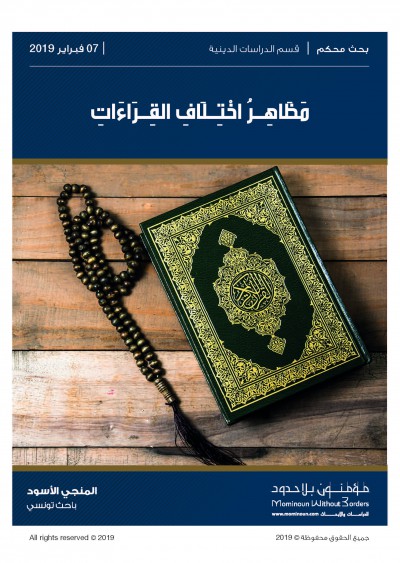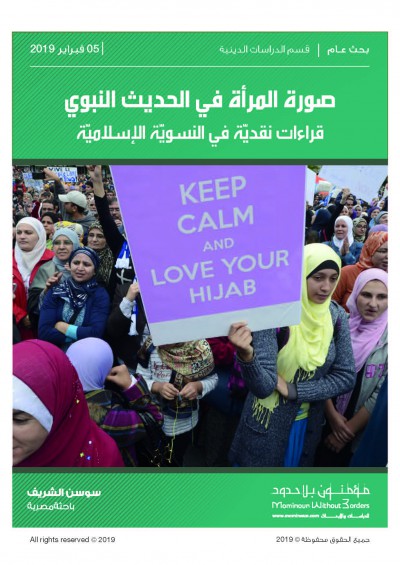Language priming vs topic priming in the utterances of bilingual Libyan children in non-immigrant families in the USA [Ressource électronique] / Azza Abugharsa
نوع المادة : نصوصف:1 vol. (179 p.)الموضوع:تصنيف DDC:
نصوصف:1 vol. (179 p.)الموضوع:تصنيف DDC:- 428.008916120612 23E
- 420
| نوع المادة | المكتبة الحالية | رقم الطلب | رقم النسخة | حالة | تاريخ الإستحقاق | الباركود | |
|---|---|---|---|---|---|---|---|
|
|
Bibliothèque centrale Intranet | INTRANET (إستعراض الرف(يفتح أدناه)) | 1 | المتاح | PDF58313301 |
Browsing Bibliothèque centrale shelves, Shelving location: Intranet إغلاق مستعرض الرف(يخفي مستعرض الرف)
Doctor of philosophy : Applied linguistics and ESL : Oklahoma State University : 2014
Bibliogr. p. 133-145
This paper investigates language/topic priming in utterances of non-immigrant bilingual Libyan children who live in the US, and who have acquired English after they arrived there at the ages from 2 to 7. Data were collected from 16 children who come from nonimmigrant families and were in the process of acquiring English before their acquisition of Arabic was complete. The main focus of this study is on the influence of interlocutor language and topic on language choice in this group. In other words, the children's code choice is investigated based on language priming and topic priming in order to determine which has more influence. The children were interviewed by the researcher, and the interviews were tape-recorded. The interviewer first used pre-planned questions in which the language (English or Arabic) either matched or did not match the cultural background of the topic. The researcher then continued the interview using stimuli such as back-channels and continuation phrases to determine if the codes chosen in the responses to those were the same as the ones chosen to answer the original, the preplanned question. The results first show a general development in both languages. Children who lived longer in the US produced more complex and well-formed monolingual utterances in both languages in addition to utterances in which Arabic and English were integrated. With regard to the latter, the data reveal an increase in Embedded islands (EL) (well-structured forms), a reduction in the number of bare forms, and more violations of established code-switching constraints in both languages among the children who stayed longer in the US. Finally, the data reveal that language choice was overwhelmingly more important than topic, whether in topic-language matched or mismatched mode. It is concluded that the majority language has a considerable influence on the children's language choice, despite the fact that they show evidence of steady development in both languages, a characteristic not seen in immigrant children.
لا توجد تعليقات على هذا العنوان.







